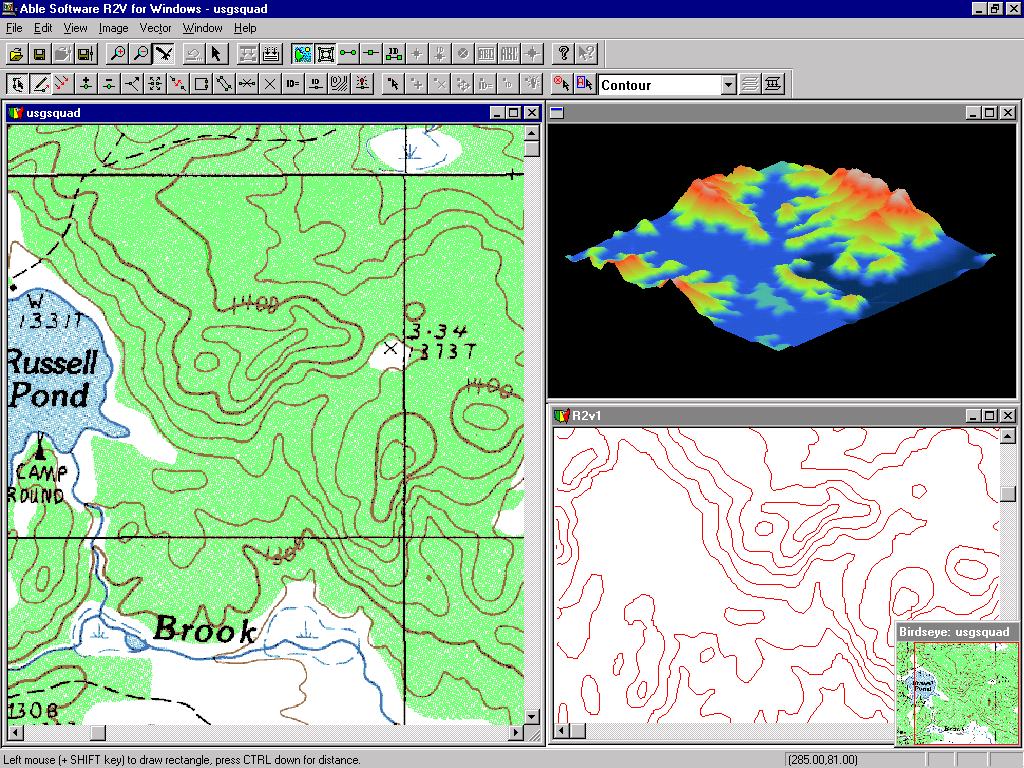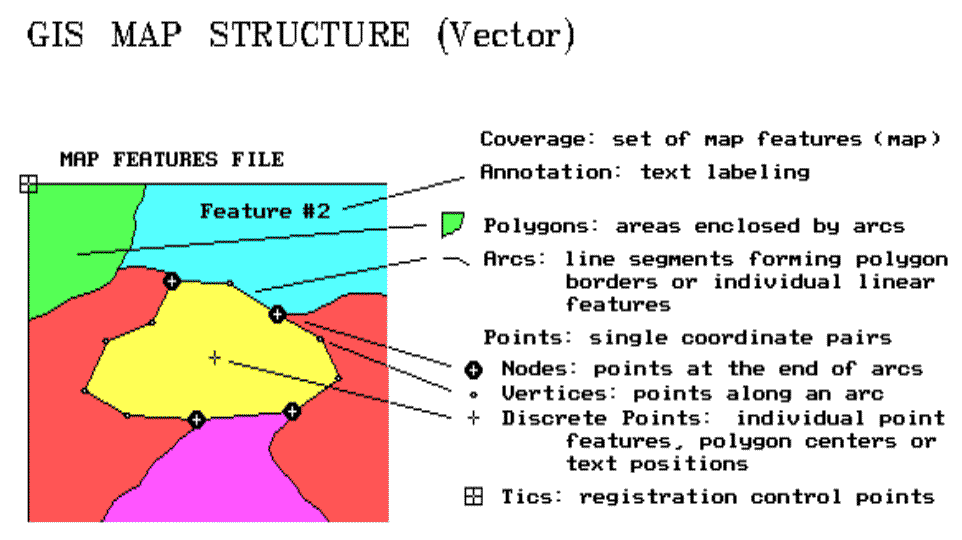
Lines represent linear objects that make up a network, like power lines, road centerlines, or even water lines where each node or connection is a vertex on the line. Points represent individual assets like a bus stop, an address point (like your favourite restaurant), or a street light. That’s right! These three basic geometries, likely the same ones you likely learned about in school as a kid, are the most commonly used spatial geometries.
#Which holds more data raster or vector gis series
Polygons: a series of connected points whose first and last points are the same to form an enclosed shape.Lines: a series of connected points that form a chain.Points: a single set of X/Y coordinates.

But for the sake of this article, let’s keep it simple and stick with the three basic 2D geometries. If your data has a z coordinate with every coordinate pair, you have an entirely new set of geometries to account for. While these may be the most common vector types, they are not the only ones! There are also more complex vector geometry types like donuts, arcs, and even curvy things called clothoids. Vector data features are most commonly represented as point(s), line(s), or polygons(s).

Of course, we’re going to cover the basics of vector and raster along the way, and wrap up by talking about the challenges and key considerations when transforming between raster (JPEG, GeoTIFF, etc.) and vector (shapefile, KML, etc.) formats.įeel free to jump to the transforming section if you are already familiar with vector and raster geometry types.

Are you ready to go on a crash course about spatial data and how it all works together? Buckle up because we are about to get the facts straight about integrating the geometry models known as vector and raster data.


 0 kommentar(er)
0 kommentar(er)
